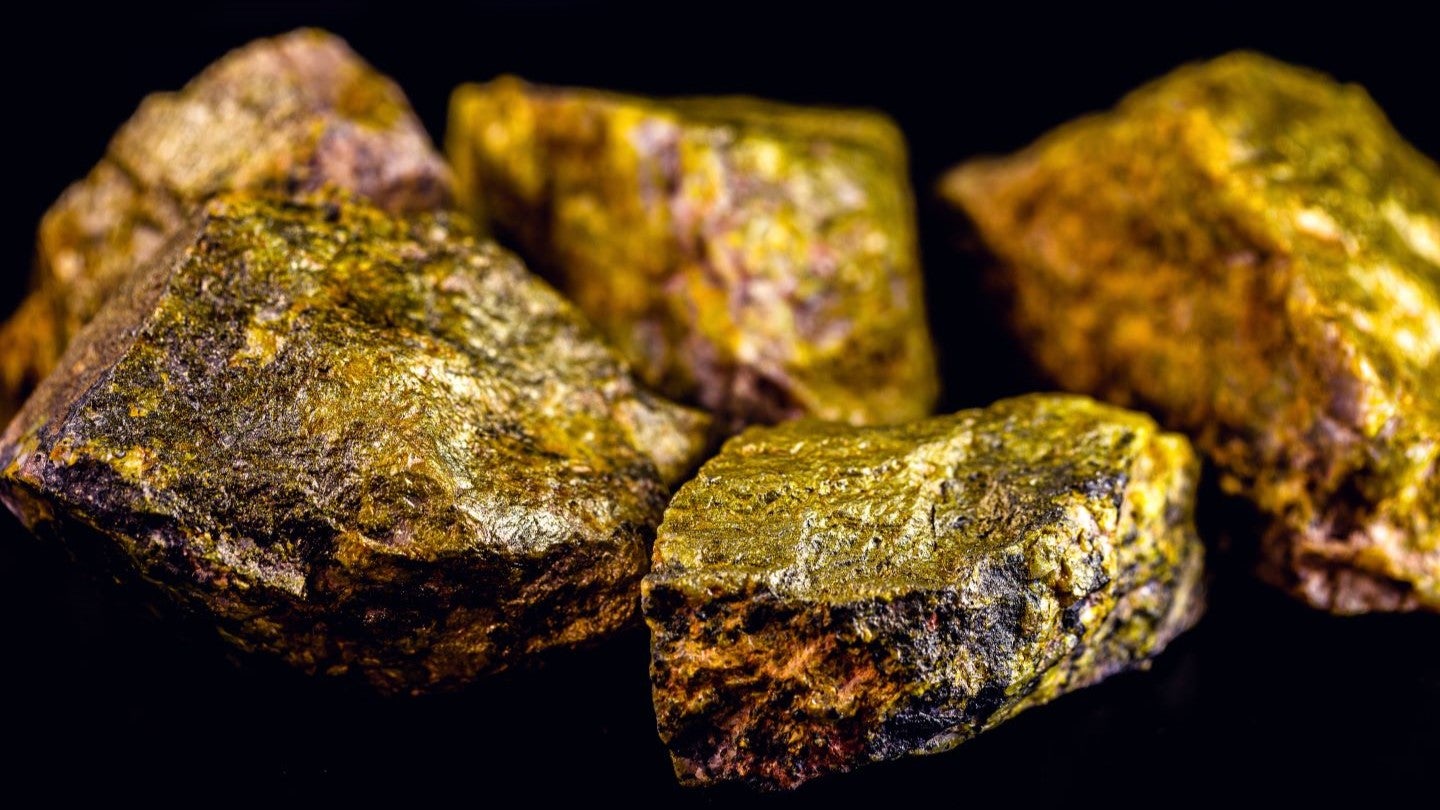
ASX-listed uranium company Boss Energy has started mining activities at its Honeymoon project near the town of Broken Hill in South Australia.
The launch of mining activities was achieved with pre-conditioning of the first wellfield. It will lead up to in-situ recovery feeding of the processing plant with extracted uranium in the last quarter of this year.
The process of pre-conditioning cleans the unwanted chlorides and calcium from the orebody for efficient leaching and uranium capture.
Calcium and chloride containing groundwater is pumped from the orebody via extraction wells and processed through the water treatment plant to remove calcium.
It is then passed through the reverse osmosis (RO) plant to remove chloride. This clean water is thereafter acidified before being reinjected into the orebody through injection wells.
To reach the milestone, the company completed major construction work including wellfield development, gypsum repository construction, water treatment and RO plant commissioning. With these milestones, the mine is on track to begin production in December of this year.
Boss Energy managing director Duncan Craib said: “It is a testament to the hard work and effort undertaken by all Boss employees over many years to reach today’s pivotal milestone, the commencement of mining activities on Honeymoon.”
The project hosts the historical Honeymoon uranium mine, which was the country’s second in-situ recovery uranium mine. The project’s previous owner was Uranium One, which had initially began operations in 2011.
However, operations at the mine were halted in November 2013 due to a slump in the price of uranium. Subsequently, the project was acquired by Boss Energy in 2015.
An enhanced feasibility study released in June 2021 included revised capital and operating estimates and a wellfield design plan, along with revised economic assumptions.
Resource estimates at the Honeymoon restart area (HRA) have indicated 36 million pounds of triuranium octoxide (U3O8). With a life of mine of more than ten years, the production rate has been forecast at 2.45 million pounds per annum.
The company also claims that there is a further 35.6 million pounds outside of HRA, with significant potential for exploration.




